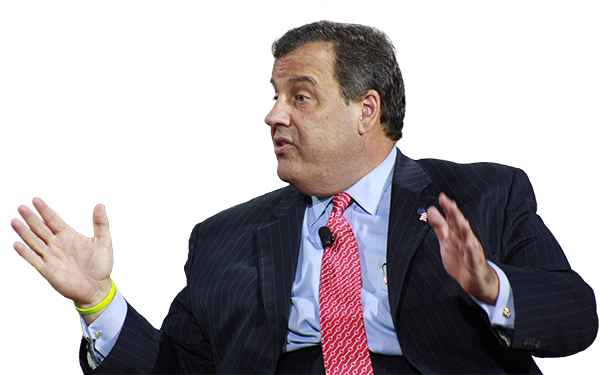Separating Fact from Fiction at the Education Summit: What Research Confirms (and Disproves) About the Rhetoric


These comments are driven in part by philosophical views about the role of government, but from an empirical perspective, there is little to no evidence that federal involvement has harmed student achievement. To the contrary, research strongly suggests that federal intervention through No Child Left Behind increased student learning in math (though did lead to some unintended consequences). And even the frequently derided federal school turnaround program had some positive effects.

Does the empirical evidence support this? The short answer is not really, but the research is mixed. Though one can make the case that unions have modest negative effects on student outcomes, the large-scale harm that many of the candidates suggested are unlikely.

It is true that the United States spends more money on K–12 education than most other industrialized countries, but U.S. spending as a fraction of gross domestic product is relatively average. (Contrary to Fiorina’s claim, most estimates suggest that California is in the bottom of the pack nationally in spending per pupil.)
Get stories like these delivered straight to your inbox. Sign up for The 74 Newsletter

;)
